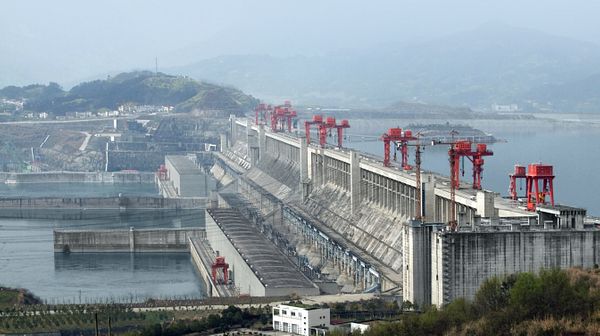The Ministry of Water Resources of China has sounded an alarm, announcing the official commencement of the flood season from April 1, accompanied by an unusual climate pattern that poses both drought and flood risks, with the latter expected to be more severe.
Regions in the southwest of China, densely populated with large hydropower stations, are predicted to witness an increase in precipitation, heralding a challenging season ahead. The Yangtze River, the lifeline of China, is forecasted to receive higher than average rainfall during the peak flood season. The middle and lower reaches of the river might experience a rise in precipitation levels by more than 20%.
The Central Meteorological Administration’s data lends weight to this forecast, with the last ten days already seeing precipitation levels in certain areas like Jianghuai and Jiangnan reach 5-8 times the norm for this period. With this surge in rainfall, river water levels, including those of the Yangtze River at Hankou, have witnessed a significant rise, as reported by the China Coal Resources Network. This has also led to increased inflow at the Three Gorges Dam.
Hydropower stations, the beating hearts of China’s renewable energy sector, are set to ramp up output due to the higher water volumes. However, this uptick comes with the caveat that the later stages of the flood season may necessitate pre-discharging and reservoir emptying to alleviate flood risks and minimize disaster losses.
Looking ahead, the Central Meteorological Administration anticipates continued heavy rainfall, with some areas possibly receiving up to 250 mm in the next ten days. This situation may exacerbate existing conditions, potentially doubling the usual precipitation figures.
In response, the Pearl River Water Conservancy Committee has convened a flood prevention conference to address the impending challenges. Forecasts suggest heavy rainfall over the eastern and northern parts of the Pearl River Basin could lead to over-warning floods in small and medium-sized rivers.
The unusual climate conditions forecasted for the 2024 flood season underscore a deviation from typical weather patterns in the Yangtze River Basin, with a sporadic spatial and temporal distribution of rainfall. The Ministry of Water Resources has cautioned against the increased likelihood of heavy rains and periodic droughts across the country.
Amid these preparations, the Pearl River Water Conservancy Commission is taking a dual-focused approach: gearing up for flood control while also monitoring drought-stricken regions. This balance is critical to maintain water supply security for urban and rural communities and to support irrigation for crops through the season.
There is an underlying concern about electricity generation due to the reduced water inflow in the Pearl River and Yangtze River basins, a continuation from last year’s trends. This could potentially affect power generation throughout the flood season.
China’s proactive stance on such complex weather phenomena illustrates its commitment to disaster risk management. The measures being taken by various government bodies reflect a comprehensive approach to mitigating the effects of this dual threat of floods and droughts, with a keen focus on maintaining public safety and ensuring the continuity of essential services.
Source: Sxcoal
By: The Coal Trader, AI generated










